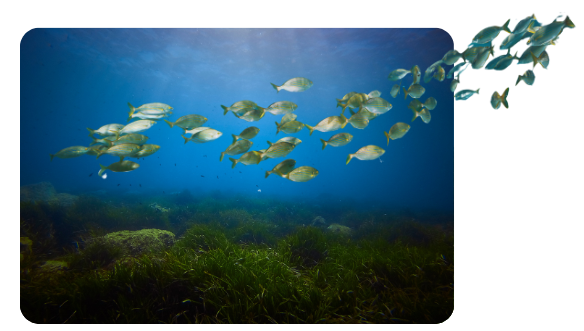Project
Strategies for Environmental Monitoring of Marine Carbon Capture and Storage (STEMM-CCS)

Project Start: March 2016 | Project End: February 2020
Project Funder: EC
Principal Investigator: Jerry Blackford
Other Participants: Louise McNeill, Dr Ana Queirós, Dr Gavin Tilstone, Dr Gennadi Lessin, Dr Paul Somerfield, Dr Pierre Cazenave, Dr Ricardo Torres, Dr Yuri Artioli, Joana Nunes, Professor Steve Widdicombe, Sarah Dashfield
Project Website: http://stemm-ccs.eu/
STEMM-CCS was an ambitious multi-disciplinary project to deliver new approaches, methodologies and tools for the safe operation of offshore carbon dioxide capture and storage (CCS) sites.
CCS is used as a mitigation strategy for addressing the increasing levels of carbon dioxide (CO2) in the atmosphere. The aim of CCS is to take CO2 from large emission sources, such as power stations, transport it to a storage site and permanently lock it away so that it cannot be released into the atmosphere. STEMM-CCS will develop approaches to help ensure we select appropriate marine storage sites and can monitor them effectively, thus further increasing confidence in CCS as a viable option for reducing atmospheric carbon dioxide.
STEMM-CCS combined a unique set of field experiments alongside laboratory work and mathematical modelling. A number of research cruises took place in the North Sea, where a combination of existing state of the art technology and new sensors and techniques developed by the project were deployed to examine baseline conditions, sub-seafloor structures, fluid pathways and a range of other characteristics relevant to the safe operation of CCS in the marine environment.
A key component of the project was an experiment in the North Sea at the Goldeneye site, which was identified as a potential CCS storage complex. Here, CO2 gas was released via a drill hole beneath the seabed and its pathway to the seafloor and into the water column tracked and monitored. Prior to the experiment, baseline environmental conditions both at the seafloor and in the overlying water column were established so that the released CO2 could be differentiated from the CO2 naturally present in the marine environment. A variety of sensors and indicators were then used to detect and quantify the released CO2, track its dissipation through seafloor sediments and into the water column, and monitor its effects on the surrounding environment.
The project generatde a huge amount of new knowledge to underpin recommendations for future best practice and operational support and findings were shared with a broad range of stakeholders, including regulatory bodies, policymakers, industry groups, academia and the wider CCS community.
